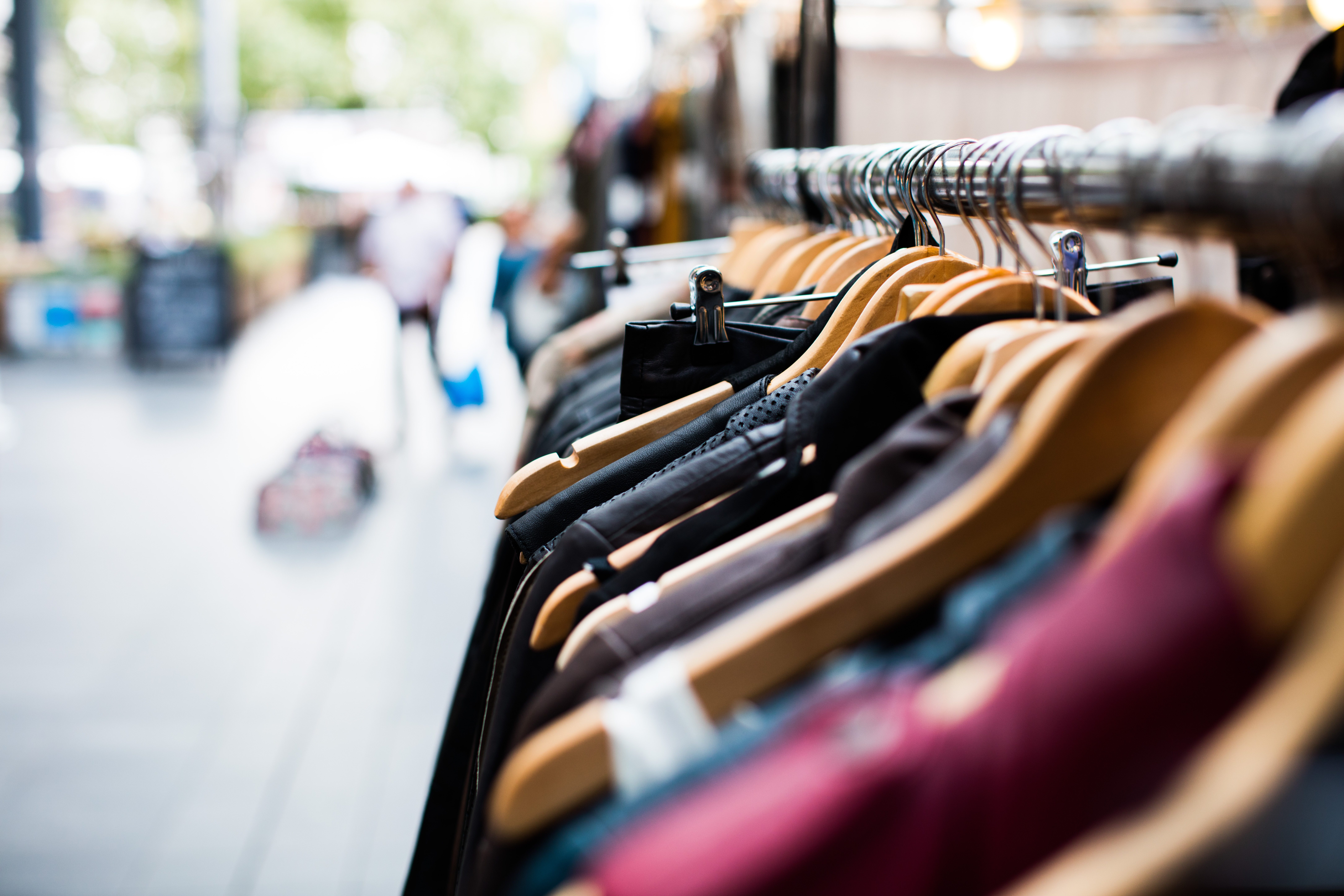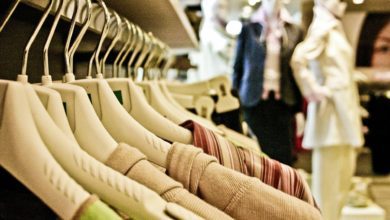Retail sales fall 10% in January
According to BDO’s High Street Sales Tracker, lifestyle total like-for-like sales decreased to 16.7% in January

Total like-for-like retail sales declined by 10% in January as both the national lockdown and impact of Covid-19 affected shops across England, according to BDO’s High Street Sales Tracker.







